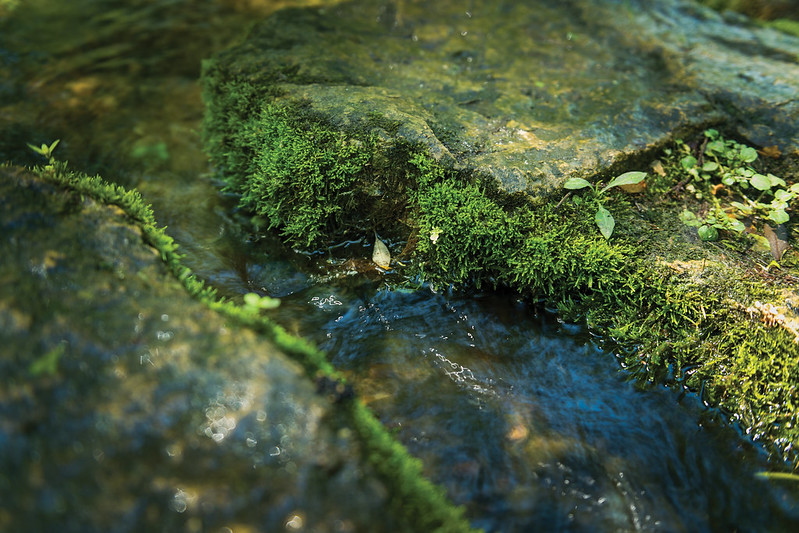
Groundwater is an important source of drinking water in Wisconsin. Image credit: David Nevala
When you turn on a faucet and a stream of cool, clear water pours out, that convenience can mask where the water comes from—underground. It’s there, and in great quantities. In fact, Wisconsin has so much groundwater – 1.2 quadrillion gallons – that if it were on the surface, it would submerge Packer fans in 100 feet of the wet stuff.
Just because groundwater is out of sight, doesn’t mean it’s out of mind – or use. Where does your drinking water come from? For 70 percent of us in the state, it’s thanks to the vast stores of groundwater in aquifers that not only quench our thirst but also fuel the operations of our power plants, breweries, factories and farms. The remaining 30 percent of Wisconsinites get their drinking water from the Great Lakes.
Wisconsin has more than 800,000 private wells and in excess of 11,000 public water systems. In all, Wisconsin’s annual average water withdrawal is 1.91 trillion gallons (some of that comes from surface water, such as lakes Michigan and Superior).
With so much demand and use, groundwater is clearly valuable. And, just as in the case of surface water, we need to be responsible stewards of it. That’s worth noting as the 2024 Groundwater Awareness Week (March 10 – 16) rolls around.
One manifestation of that stewardship is the work done by our sister organization, the University of Wisconsin Water Resources Institute (WRI). WRI runs a statewide research competition through the Groundwater Research Advisory Council (GRAC). As its basic function, the GRAC ensures that Wisconsin citizens have an adequate supply of high-quality groundwater and it funds university scientists to look into current topics such as per- and polyfluoroalkyl (PFAS) in numerous Wisconsin communities and pathogens in drinking water in the Driftless Area.
An example of past impactful GRAC research looked into naturally occurring radium in drinking water serving residents of Waukesha, which led to a binational decision a few years ago to allow that city to secure water from Lake Michigan, even though it lies outside of the Great Lakes Basin.
WRI also offers a robust information transfer program highlighting the work of water scientists through news stories, podcasts and videos. Finally, the WRI supports the Wisconsin Water Library, a resource with more than 30,000 holdings of all types of water-related material free for circulation to any state resident. The library further curates and distributes water-themed learning kits for children in the K-12 educational system.
To access these resources about the veritable tide below your feet—groundwater—and other water information, visit wri.wisc.edu.


